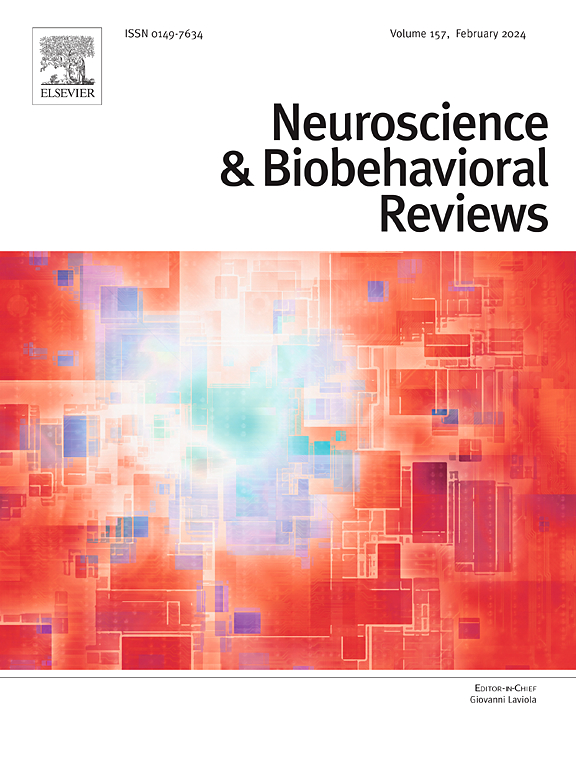The oxytocin-attention loop of loneliness
IF 7.9
1区 医学
Q1 BEHAVIORAL SCIENCES
引用次数: 0
Abstract
Loneliness is a biological signal urging us to reconnect with others. However, some people fail to do so and become trapped in chronic loneliness, which leads to adverse physical and mental consequences. Here, we propose a theoretical bio-behavioral model explaining how loneliness becomes chronic through a self-reinforcing oxytocin-attention loop. We suggest that acute loneliness leads to increased oxytocin release, which projects to the mesolimbic reward system, increasing the salience of social cues. In most individuals, attention is normally biased toward affiliative social cues, thus oxytocin heightens attention toward affiliative cues, promoting reconnection and alleviating loneliness. By contrast, loneliness-vulnerable individuals show attention bias toward signs of rejection. For them, oxytocin-related social salience leads to heightened rejection vigilance, which may result in increased social avoidance and persistent loneliness. Over time, chronic loneliness causes a reduction in oxytocin system reactivity, weakening the motivational drive for reconnection, and diminishing individual’s ability to recover. This model offers an integrative perspective of neurobiological and cognitive factors and provides potential targets for therapeutic interventions for loneliness.
孤独的催产素-注意力循环。
孤独是一种促使我们与他人重新联系的生物信号。然而,有些人没有做到这一点,陷入了长期的孤独,这导致了身体和精神上的不良后果。在这里,我们提出了一个理论生物行为模型来解释孤独如何通过自我强化的催产素-注意力循环成为慢性的。我们认为,严重的孤独会导致催产素释放增加,它会投射到中脑边缘奖励系统,增加社会线索的显著性。在大多数个体中,注意力通常偏向于附属的社会线索,因此催产素提高了对附属线索的注意,促进了重新联系,减轻了孤独感。相比之下,孤独脆弱的个体对拒绝的迹象表现出注意力偏向。对他们来说,与催产素相关的社会突出性导致了对拒绝的高度警惕,这可能导致社交回避和持续的孤独感增加。随着时间的推移,长期的孤独会导致催产素系统的反应性降低,削弱重新联系的动机驱动,降低个人的恢复能力。该模型提供了神经生物学和认知因素的综合视角,并为孤独感的治疗干预提供了潜在的目标。
本文章由计算机程序翻译,如有差异,请以英文原文为准。
求助全文
约1分钟内获得全文
求助全文
来源期刊
CiteScore
14.20
自引率
3.70%
发文量
466
审稿时长
6 months
期刊介绍:
The official journal of the International Behavioral Neuroscience Society publishes original and significant review articles that explore the intersection between neuroscience and the study of psychological processes and behavior. The journal also welcomes articles that primarily focus on psychological processes and behavior, as long as they have relevance to one or more areas of neuroscience.

 求助内容:
求助内容: 应助结果提醒方式:
应助结果提醒方式:


